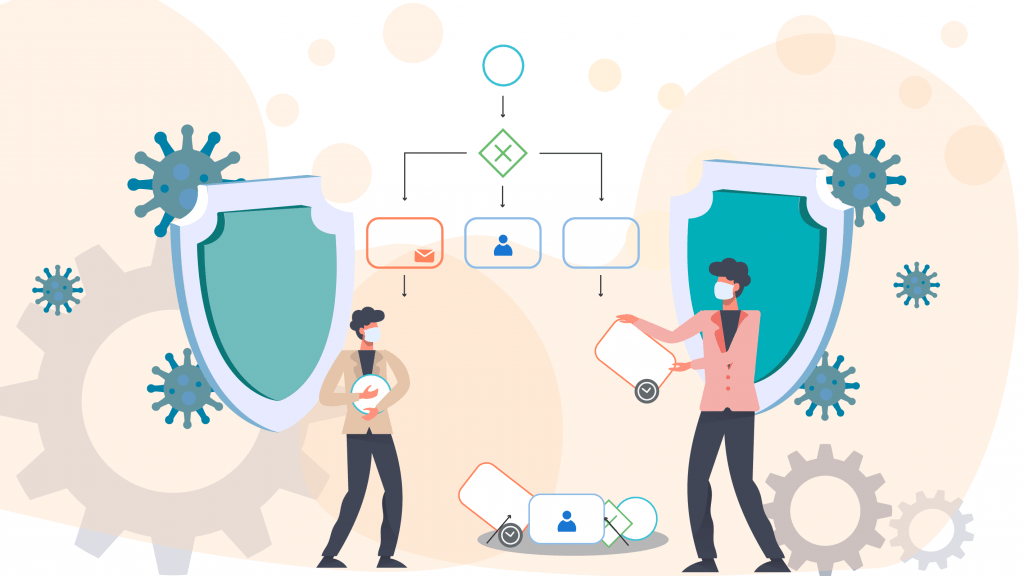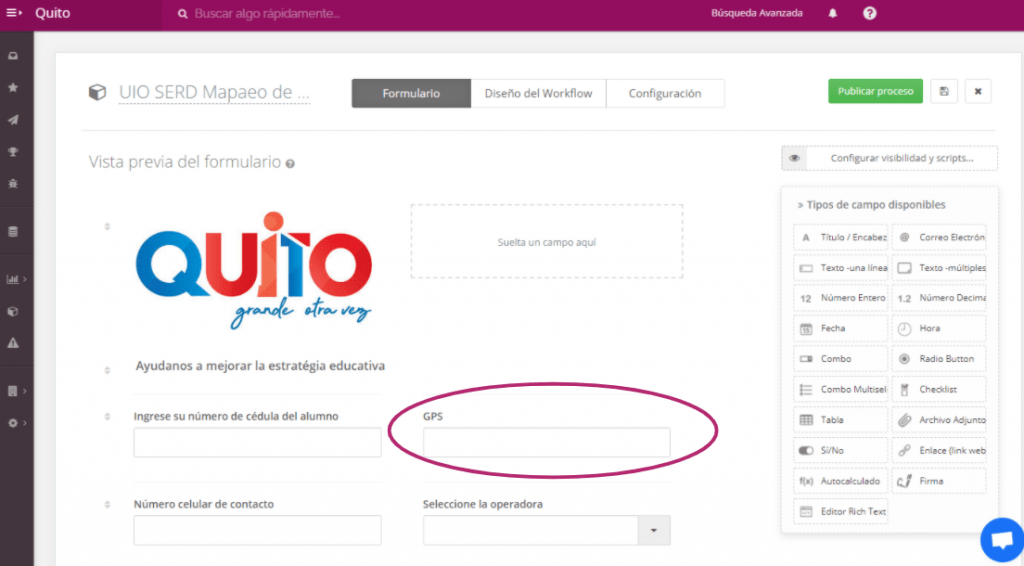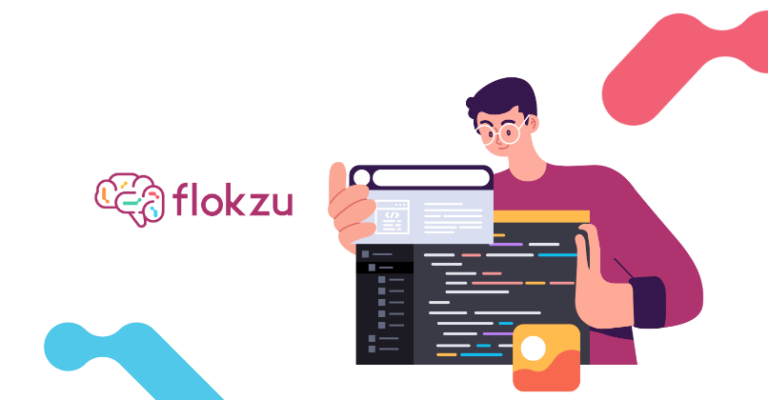When the Coronavirus (Covid-19) pandemic began in the early months of 2020, we at Flokzu launched an emergency plan to help all organizations in need. The idea was simple: if our technology can be useful for the continuity of your operations, then you can use it for free. In addition, we offered support and advice to implement it quickly. We had a very positive response. A large number of organizations adopted Flokzu, implemented its digital processes, and operated remotely. In this article, we present some of the most successful processes for mitigating the effects of the Coronavirus pandemic.

Registering Children Without Connectivity to Attend Classes
This is one of the processes with the greatest impact. Educational entities made a form available, where children registered and reported that they needed something to be able to attend class. The form included georeferencing, storing the coordinates of the request.
In particular, the Municipality of Quito, Ecuador intensively used this process (article here). 5,000 children in less than 2 months registered. And the Municipality could assist them to attend classes. A success case was written and presented at the VI Smart Cities Meeting in Montevideo, Uruguay (video here, in Spanish)

Coronavirus workflow to send digital PO’s
The purchase management process is a classic of automation. Due to the coronavirus processes like this were extended to incorporate suppliers, reducing the traffic of people in the offices.
While the process of the purchase request, evaluation, and resolution could be electronic, the issuance of the purchase order was often manual, with a cadet or staff of the supplier, coming in person by the office to collect the purchase order.
The possibility of sending the quotation requests digitally to the suppliers, as well as sending the digitally signed PO allowed to eliminate the transit of external people through the office.
It should be noted that the cadet services are biological vectors of contagion since they are in contact with many people per day.
Receipt of invoices and payment to suppliers
The second part of the above process is the reception of the invoices and their payment. In a large number of organizations, these tasks were still manual. Typically, debt collectors would come by the office to deliver the invoices and receive the payments.
Debt collectors are also vectors of infection, so eliminating their travel is key to mitigate the spread of the virus.
In an era of a coronavirus pandemic, workflows that make it easy to receive invoices digitally and make payments electronically without the need for people to move between offices, are essential tools.
Registration for educational activities
During the Coronavirus crisis, a large number of unemployed citizens required training and registration for educational activities. The objective of these digital processes was eliminating lines of people to present documentation and register. Automating these workflows through public forms allowed people to register from their homes. They also received updates automatically over the email, avoiding risky conglomerations.

As a corollary, they could get a realistic measure of the demand for these academic activities. Previously. when they required physical presence, many people did not attend (because of the cost or time of travel).
Coronavirus processes to the rescue!
Like the previous ones, there are many other examples of cloud workflows that served and still serve to face the global health crisis. We saw processes for authorizing entry into buildings, without requiring personnel at the reception desk. We also saw processes to monitor the different stages of treatment of the disease in patients. And of course, workflows to receive complaints when somebody breaks the health protocols.
It is impossible to list them all in a single post, nor is this the objective. What is important to take into special consideration is that technology, and in particular that which allows us to have 100% digital processes, is a fundamental ally in the battle against Covid-19.
In sum…
During a pandemic like Coronavirus, processes that are 100% digital constitute a fundamental tool for maintaining social distance. They allow attending specific needs of people and health protocols.
In this article, we review concrete examples implemented with Flokzu BPM to help children to attend virtual classes and perform other educational activities. Another example is to help adults who lost their jobs to enroll in training courses from their homes.
But from a more practical and closer view, in our own companies, we can fight the Coronavirus with workflows for the digital emission of purchase orders, reception of invoices, and emission of payments, among many others.
Technology, and in particular the tools that allow processes and workflows to be 100% digital, are instruments for achieving social distancing and effectively fighting this virus.
If you think these technologies could help you or your company, schedule a meeting with one of our experts now.



























